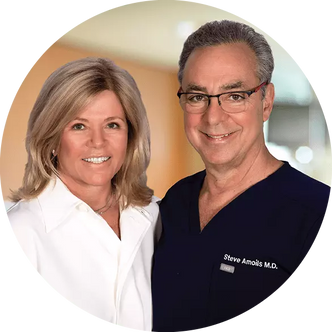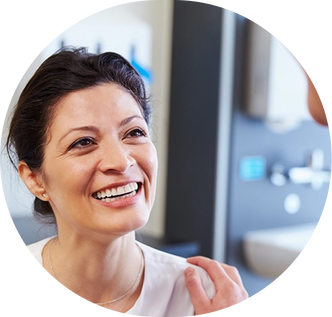Vitamin D3 (cholecalciferol) is a very important to our health. Although called a vitamin, it is actually a hormone, and it has many health benefits, such as improving bone strength and reducing chronic diseases (e.g. depression, autoimmune diseases, cardiovascular disease, infectious diseases, some cancers, schizophrenia, multiple sclerosis, and type 2 diabetes). This is the time of year when we often hear our patients say, “I don’t need to take my vitamin D3 supplement because I’m outside more.” This idea is based on our body’s natural ability to produce vitamin D3 through Sun exposure, and ultimately leads to a conversation investigating this idea further.
There are three types of ultraviolet (UV) light that come from the Sun: UVA, which has the longest wavelength, UVB, and UVC, which has the shortest wavelength. UVC is absorbed by our Earth’s ozone layer, so we are not typically exposed to it. However, UVA and UVB can both penetrate our atmosphere and too much of either increases oxidative stress leading to skin damage resulting in wrinkles, sunspots, and/or cancers. Both of these UV bands will make you tan, but only UVB light can make vitamin D3.
Your skin is vulnerable to UVA throughout the year during daylight hours. Basically, if the Sun is out, you will be exposed to this wavelength of radiation. However, when the Sun is low in the sky (during the morning, evening, and winter months) its rays need to travel through a greater amount of atmosphere to reach our surface. This means that, due to its shorter wavelength, most of the UVB light is blocked when the Sun is low in the sky. In fact, research shows that anyone living above 33o N or below 33o S latitude, including those of us in our Tri-State Area (~40o N), make little to no vitamin D3 in their skin between December and January. However, during the summer months UVB light penetrates our atmosphere more readily. At the height of the summer in Cincinnati, this exposure peaks between 10 a.m. – 3 p.m., a time during which we are all told to wear sunscreen. It’s important to realize that good sunscreens block both UVA and UVB light… and our ability to make vitamin D3.
Quick aside: Other factors that determine your ability to make vitamin D3 include your skin tone, age, altitude and your local atmospheric pollution levels. The more melanin you have (the darker your skin) and the older you are, the less vitamin D3 you make with UVB light exposure. In higher elevations you are exposed to more UVB light, so your ability to produce vitamin D3 increases, whereas the more smog in your area, the more UVB light is trapped in the atmosphere thus reducing your ability to make vitamin D3.
Does this mean we should continue to take our vitamin D3 supplement during the summer months?
Another consideration is that there IS a difference between the vitamin D3 your body makes and orally supplemented forms of the hormone – and our bodies make it better. Research shows that the vitamin D3 that we make via Sun exposure lasts 2-3 times longer in circulation than oral supplements, and that 40% of orally supplemented forms are cleared by body right away.
So practically, what does this mean for you?
- If going into Sun for more than 10-15 minutes at anytime ALWAYS wear sunscreen, especially if you have had skin cancer or have a family history of the disease.
- If going into the Sun for about 10-15 minutes at the height of the Sun, the exposure of your face, the area below your elbows and the area below you knees (wearing a T-shirt and shorts) will provide you with your recommended daily allowance (RDA) of vitamin D3, approximately 400 IU.
- If going into the Sun for less than 10-15 minutes at the height of the Sun (like most of us during our work week), it is unlikely that you will produce sufficient vitamin D3 through Sun exposure, so it’s advisable to take your supplement. The dosing of your vitamin D3 supplement can be determined via blood test by your AIM physician. We also typically recommend that EVERYONE get their vitamin D3 levels checked in the Fall to help prepare for the upcoming low-UVB, winter months ahead.
In addition to these general guidelines, recall that any type of UV light exposure increases oxidative stress in our bodies. To further combat this, increase your intake of fresh fruits and vegetables, which are high in antioxidants and are extremely abundant this time of year, and consider increasing your antioxidant supplements. Talk with your AIM physician about what we have available for you to try in our Life Style Store. Also, consider using topical lotions, creams and serums high in antioxidants to reduce your risk as well.
Have a safe and healthy summer everyone!




